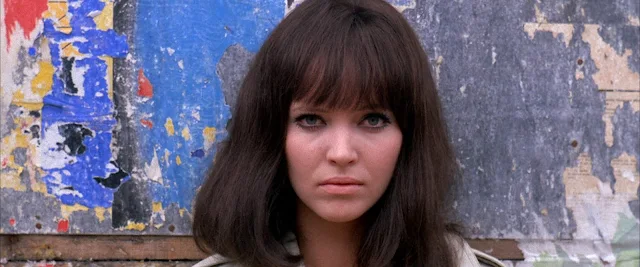People on Sunday (Robert Siodmak, Edgar G. Ulmer, 1929)
Cast: Erwin Splettstößer, Brigitte Borchert, Wolfgang von Waltershausen, Christl Ehlers, Annie Schreyer. Screenplay: Billy Wilder, based on reporting by Curt Siodmak. Cinematography: Eugen Schüfftan.
Only a strict formalist could watch the celebrated docufiction People on Sunday (aka Menschen am Sonntag) solely for its artful blend of storytelling and preservation of the way things were. But for the rest of us, there’s no way to watch Berliners enjoying themselves on a Sunday in 1929 without thinking about it as a picture of the calm before the storm – more especially because the young filmmakers who created it were soon to be caught up in the storm. Within a few years, directors Robert Siodmak and Edgar G. Ulmer, screenwriter Billy Wilder, cinematographer Eugen Schüfftan, and even his camera assistant, Fred Zinnemann, would be driven out of Germany and eventually into Hollywood by the rise of Nazism. No work of art, after all, exists ahistorically. And People on Sunday is a work of art, a charming, slightly saucy glimpse at people being themselves. The five people the film concentrates on are non-actors: a taxi driver, a wine salesman, a salesperson in a record store, a woman who makes her living as an extra in movies, and a model. They’re all marvelously un-self-conscious about playing fictionalized versions of themselves, as are the hundreds of Berliners that surround them on the screen.



















































